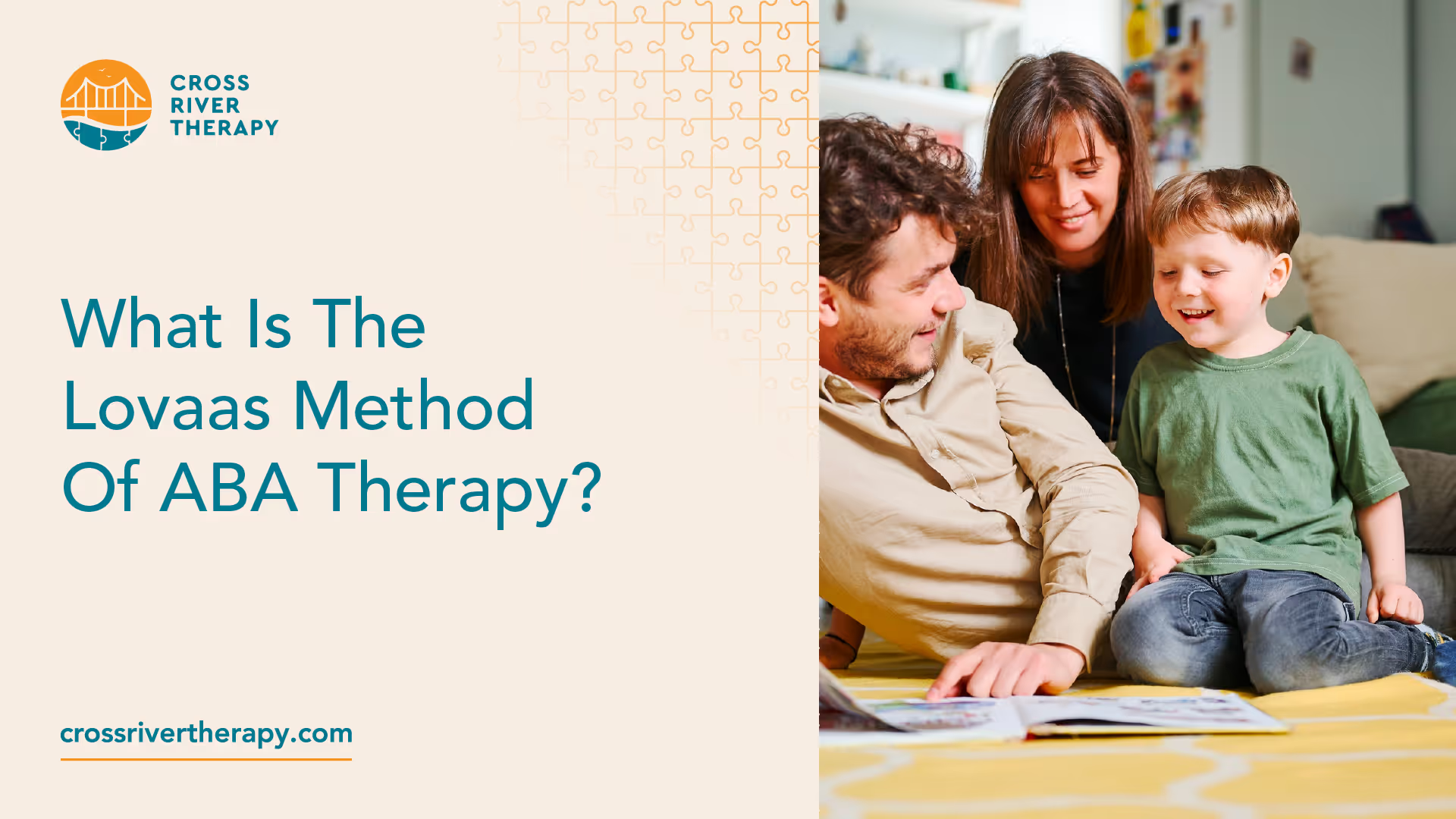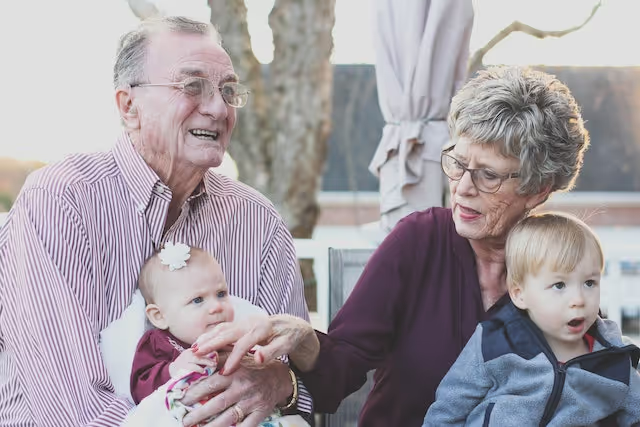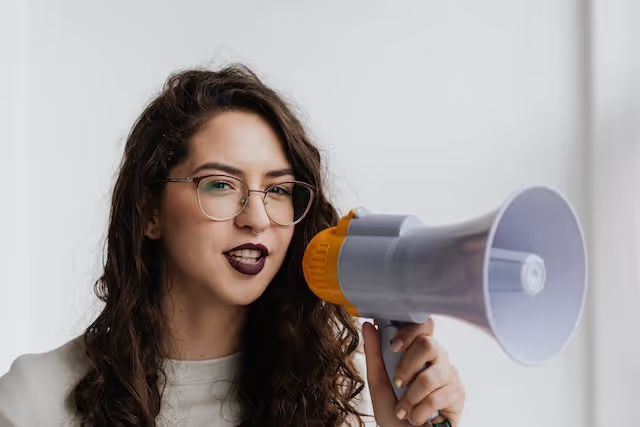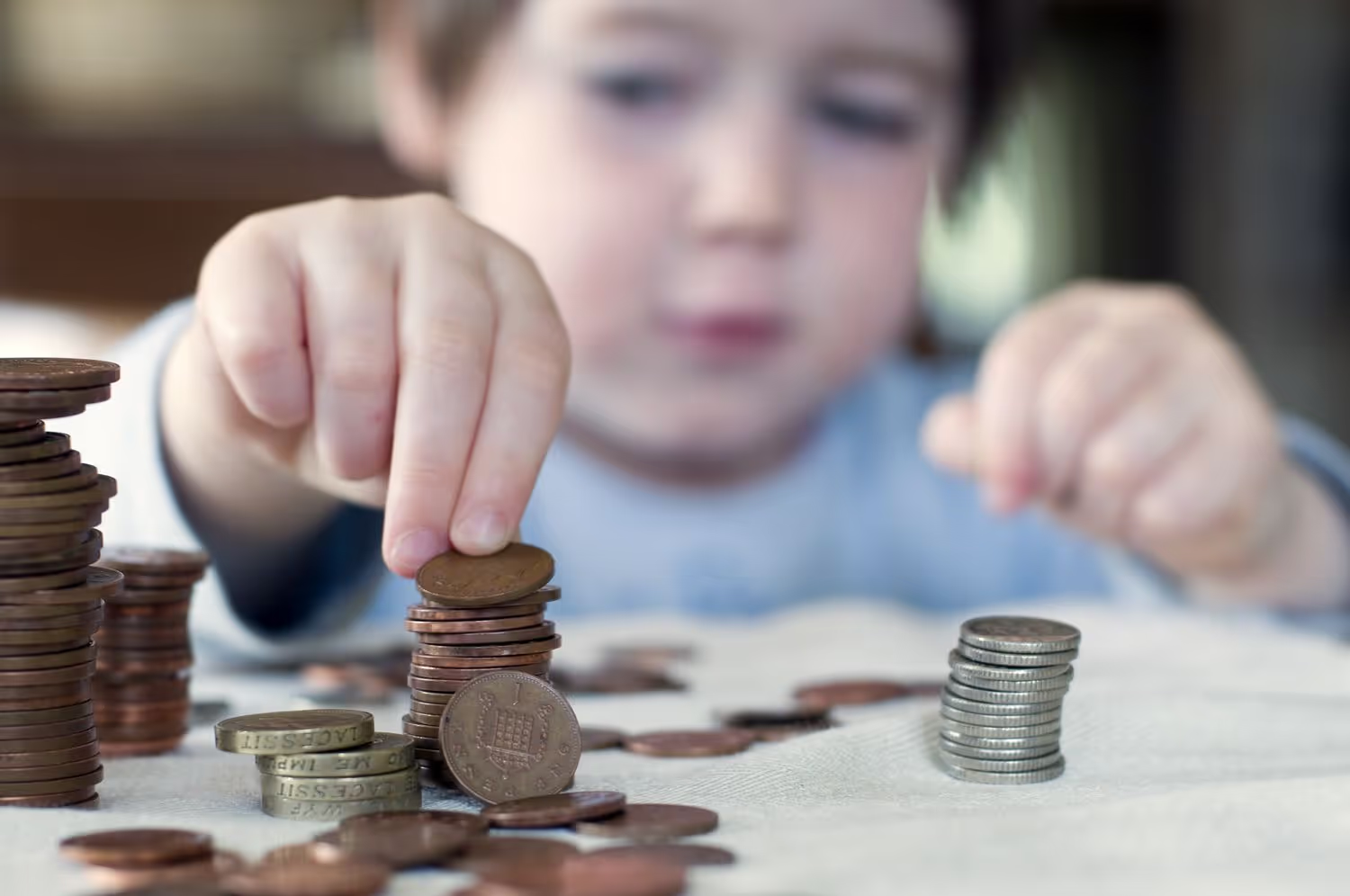What Is The Lovaas Method Of ABA Therapy?
The Lovaas Method is a practice that falls under the umbrella of ABA or Applied Behavioral Analysis.


What is the Lovaas Method?
The Lovaas Method is a practice that falls under the umbrella of ABA or Applied Behavioral Analysis. It's useful for kids that have been diagnosed with various developmental disorders, the primary being autism.
The program's structure is highly influenced by the work and research done by B.F. Skinner and Dr. Lovaas many decades ago. It began with doctors wanting to create more useful interventions that could assist children with different severities of autism.
From the beginning, its objective was a focus on behavioral treatment with toddlers.
This age is a formative time for children where the following crucial skills should be learned:
- The ability to communicate with others
- Daily living activities
- Other educational skills
Lovaas Method interventions involve skills that are divided into smaller segments, rewarding autistic kids during their treatment in a positive way. After that, the children take in the skills that they learn in their natural setting, such as at home or in the classroom with their peers.
Sometimes referred to as Early Intensive Behavioral intervention, the Lovaas Method is fundamentally grounded in the following:
- The involvement of parents
- Developmental treatments that are easy to work into therapy sessions for autistic children
- Strictly abiding by the practices set out in the field of ABA
- A thorough understanding that every child with autism isn't the same as other children with the diagnosis
- Good use of Discrete Trial Training, or DTT
- Workable in a home-based setting
What does the Lovaas Method rely on?
The Lovaas Method is heavily reliant on Discrete Trial Training. It's a guaranteed way to help young children increase their prospects and minimize severe symptoms associated with autism. When the trial is being conducted, kids are provided different prompts and told to give the appropriate reply to each.
If a child cannot give a response to the prompt that's provided to them, the behavioral therapist can use greater assistance to better their chances of completing the demand. Good responses can be reacted to with praise, an edible treat like candy, or the child's favorite toy.
How does the Lovaas Method work?
The Lovaas Method works by staging interventions with children at an early age. There are varied approaches to teaching people with autism in ABA. Lovaas' Methods are primarily based on the needs of kids.
Lots of kids receive an autism diagnosis at ages two and three. ABA often starts with kids around ages three and four.
Parents play an important role in their treatment at such an age.
The method itself is meant for extended treatment, whereby the impact will be positively seen many years after the approach is completed. Most treatment schedules last an average of 40 hours a week. It's usually done at the child's residence.
The Lovaas Method also spearheaded the idea of antecedents, behavior, and consequences, also known as ABC.
In a situation where a child attempts to take a piece of candy without asking for it, the therapist or parent can take it from them without saying anything. As this is a consequence, it'll often lead to a prompt where the child then asks for the candy.
If this occurs, the practitioner gives praise to the child, provides them the snack that they requested, or looks for another idea to reward them.
Who was Dr. Lovaas? How Was The ABA Method Founded?
Beginning his work with UCLA in 1961, Dr. Lovaas published many research papers on discriminating training and social reinforcers. It helped him to become a reputable figure in ABA.
While reviewing previous research done in the 1960s, which led up to the Lovaas Method. Although questioned initially, it's now verified as a useful ABA approach in the field.
Recent News
Related articles

Working With Autistic Children: 10 Career Options
Want to work with autistic children? Here are 10 career options for you to consider.

What Is The Age Limit For ABA Therapy In Indiana?
Find out what the age limit is for receiving Applied Behavior Analysis (ABA) therapy in Indiana.

What Is The Age Limit For ABA Therapy In Arizona?
Find out what the age limit is for receiving Applied Behavior Analysis (ABA) therapy in Arizona.

Verbal Operants In ABA: Definition & Examples
In Applied Behavior Analysis, verbal operants are a type of verbal behavior.

Token Economy: Examples & Applications in ABA
A token economy is a procedure that was developed to help reduce maladaptive behaviors and increased desire behaviors by providing a tangible conditioned reinforcer.

Trigger Analysis In ABA: Definition & Examples
Trigger analysis is a segment of ABA therapy where children are taught by therapists to pinpoint the behaviors and emotions that happen before, during, and after an event that takes place.

Variable Ratio Schedule & Examples
A variable-ratio schedule is a random reinforcement where responses are reinforced following varied responses afterward.

Task Analysis In ABA Therapy: Examples & Strategies
Task analysis is a process of teaching that divides complicated activities into sections involving easier steps for students to more easily take.

Stimulus Equivalence In ABA: Definition & Examples
Stimulus equivalence shows how relationships can manifest among different types of stimuli in different situations.

Speech Therapy For Autism: ABA vs. Speech Therapy
ABA therapy can help individuals with speech impairments learn to better identify and utilize the language skills they already have.

Stimulus Control Transfer ABA: Definition & Examples
Stimulus control is defined as an expression used to detail circumstances where a behavior is triggered by the existence or absence of a stimulus.

Social Validity In ABA: Definition & Examples
Social validity is the acceptance of interventions concerning behavioral changes.

